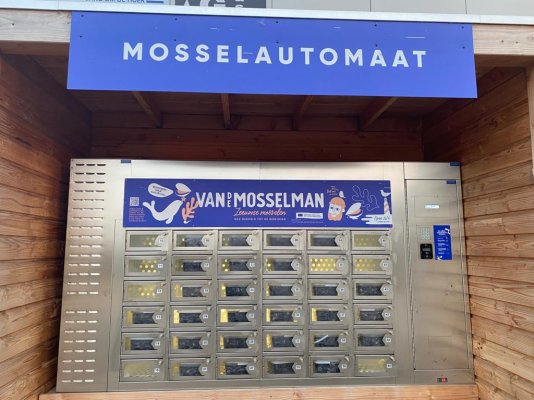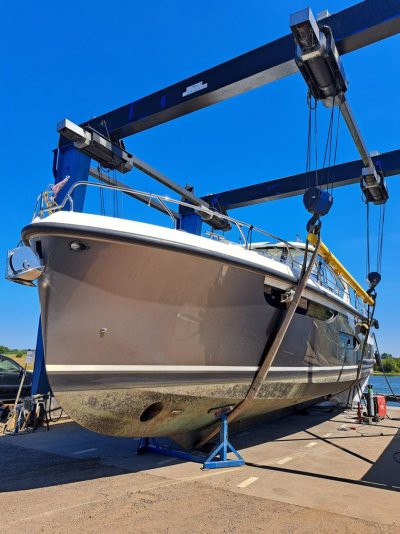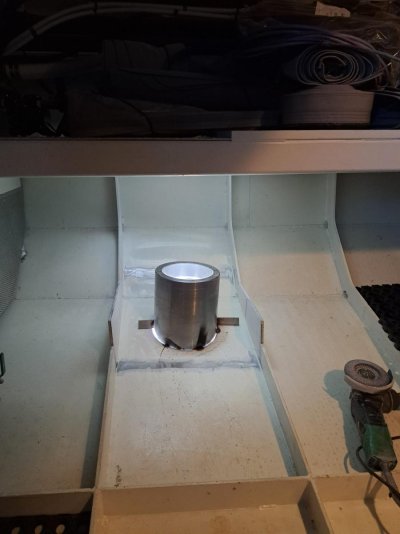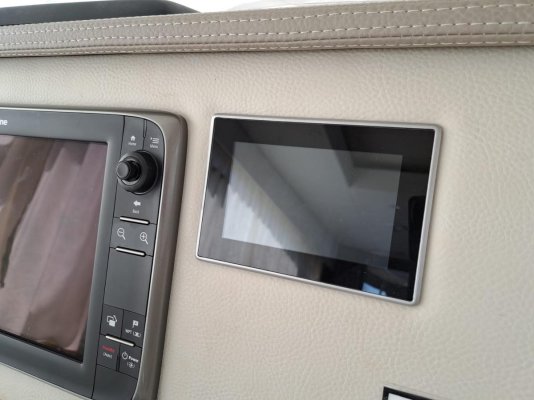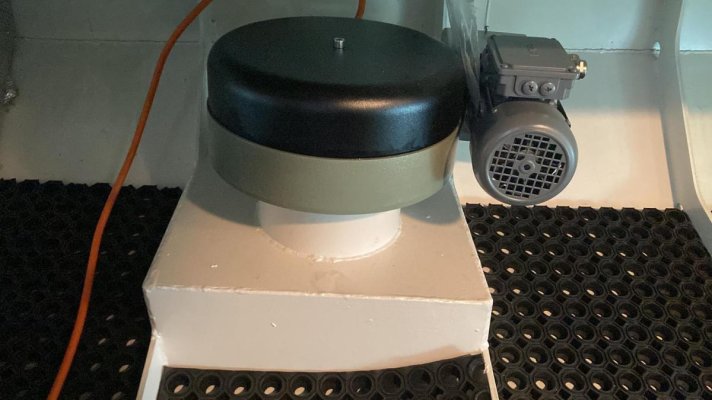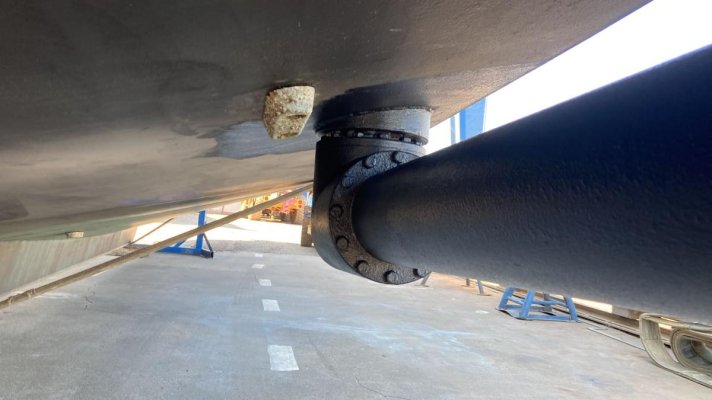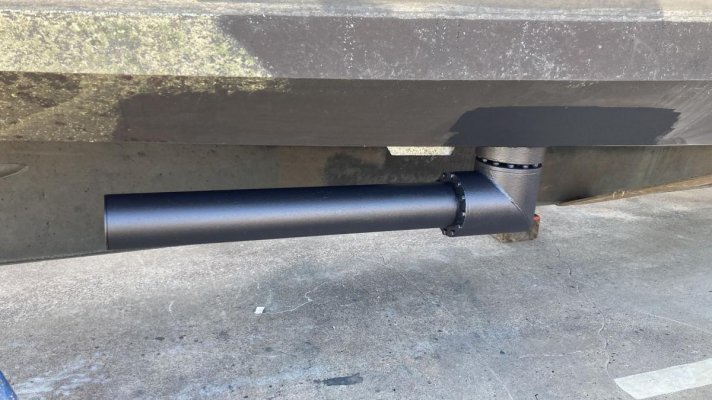twistedtree
Guru
We do use the system, as pleasure boats. Passively, however. If a big barge shows these signs, we are obliged to follow their preference. Do they want to pass another ship starboard/starboard, then - as a pleasure craft - you do as they want. It is the bigger barges that use it as a way to navigate smaller rivers that meander and where they need to pass one another. From their perspective, what we do - as pleasure boaters - is quite irrelevant. For us it is very relevant. We are obliged to follow their choices, and if you don't, you may find yourself cut off in the middle of the corner. With a 3 million kilo ship pushing you aground, that's not fun, nor safe.
Regards, Edwin.
Thanks. With two commercial ships approaching each other, which one's flag takes precedence? I would guess the one traveling down stream?
I have had no need to try it, but was interested to see that blue flag operation is part of Class A AIS. Guessing again, I image the blue flag status becomes part of the AIS data that you send and receive. I would think that would be a good argument for Class A even on a pleasure boat.

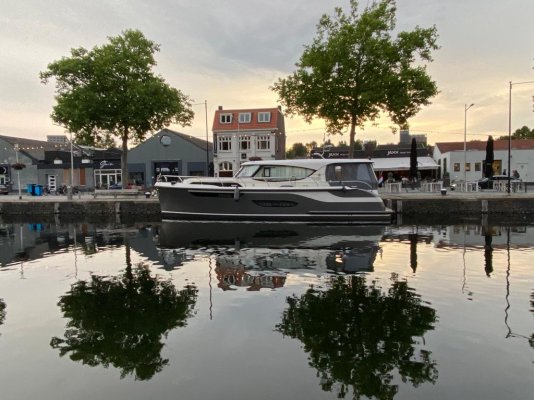
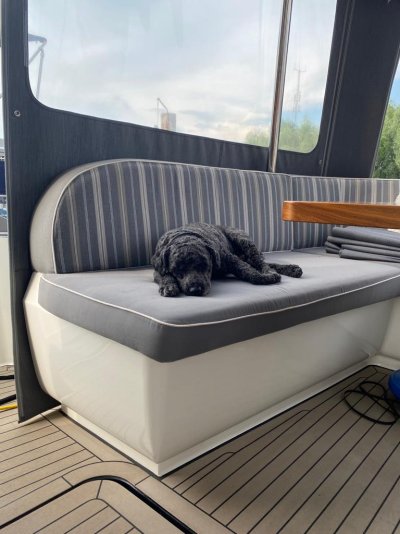

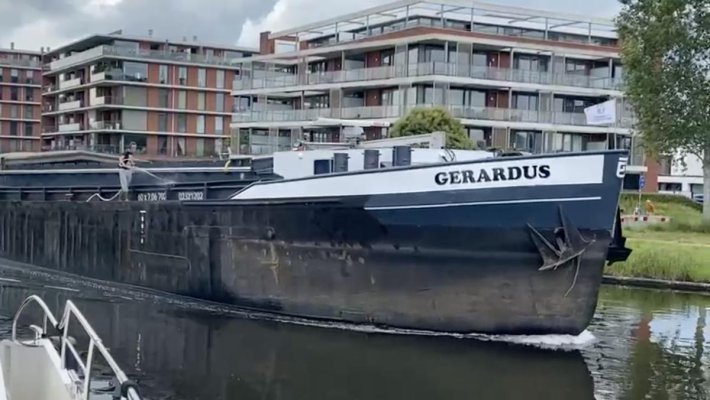

 Part of my family is from the Pennsylvanian Dutch area, but are Germans who arrived after the Amish, so are not considered Pennsylvanian Dutch.
Part of my family is from the Pennsylvanian Dutch area, but are Germans who arrived after the Amish, so are not considered Pennsylvanian Dutch.  At least as I understand it.
At least as I understand it. 






